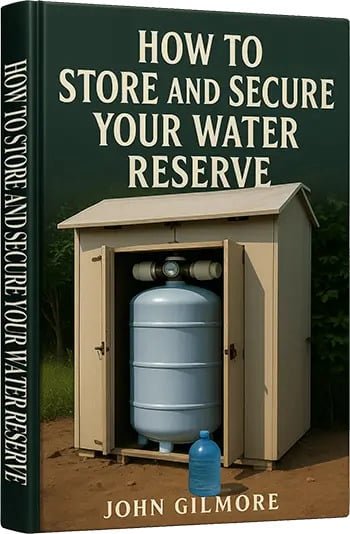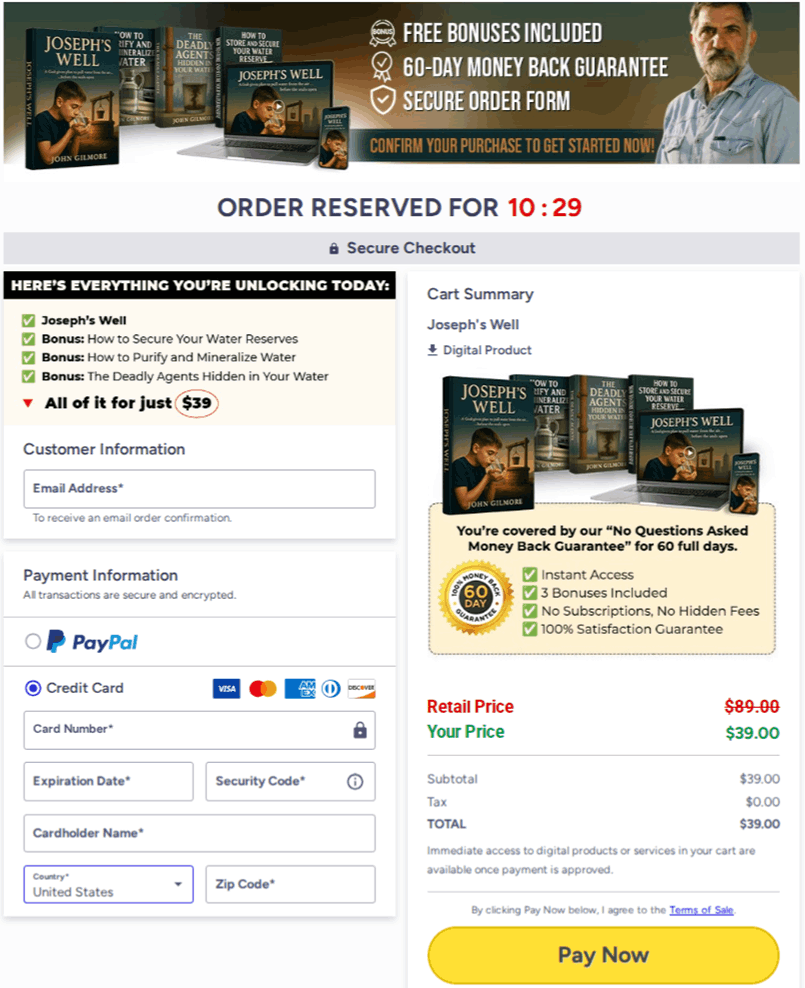Joseph's Well System™ - Official Site - Today 90% Off
In a time marked by increasing uncertainty, drought, and warnings of water scarcity, many families are seeking reliable ways to secure their most essential resource—clean water. The Joseph’s Well System emerges as a faith-inspired, practical solution designed for those who wish to prepare for the challenges ahead without relying on expensive, corporate machines or unstable infrastructure. Rooted in biblical principles and modern ingenuity, this system offers a step-by-step guide to building a water generator that pulls fresh, drinkable water from the air, even in the harshest conditions.
Developed by John Gilmore, a man of faith and practical experience, the Joseph’s Well System is more than just a technical manual—it is a mission to empower families to become self-sufficient and resilient in the face of crisis. With clear instructions, accessible materials, and support for both on-grid and off-grid living, this system provides not only physical provision but also peace of mind, allowing individuals to protect and provide for their loved ones regardless of what the future holds.











